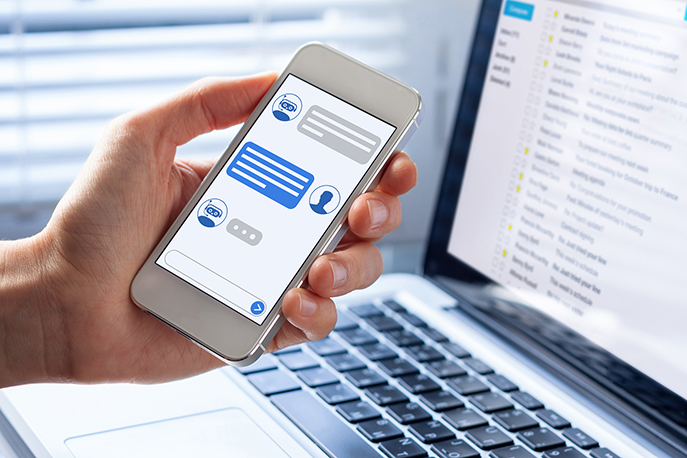
The continuous development of artificial intelligence brings us some amazing new tech that can be applied to many different areas of business. One of the most common uses of AI today is the integration of chatbots to assist with customer service queries and similar tasks. One of the major developments in the world of chatbots is the creation and regular improvement of multilingual chatbots, allowing customer service AI to assist many more people regardless of their language preferences. As a business owner, this can be a very important addition to your customer service team, but it’s important to understand how multilingual chatbots work and what they can be used for to maximize their potential.
The Benefits Of Chatbots
There are a number of different reasons why chatbots are useful for your business. First of all, they can help you to offer 24/7 coverage for your customers, offering advice and links to helpful FAQs. They also respond instantly, preventing your customers from having to be left in a queue, and they can also work via multiple channels, too, whether it’s on a phone app or on your website. You can personalize your chatbot to better tailor its responses to your business, including deciding on whether it sounds relaxed and colloquial or formal and professional, and with the advent of multilingual chatbots, they can also converse with many more people, too.
The Drawback Of Using Them
The most obvious drawback of a chatbot system is that they are yet to become fully convincing or able to utilize the same level of intuition and initiative as a human. While the technology continues to advance to levels where it’s very difficult to differentiate between humans and AI, customers can still get somewhat frustrated when talking to a chatbot, especially if they cannot understand the problem the customer is having. This is why it’s important to still have customer service representatives at hand, ready to assist.
How They Became Multilingual
Chatbots haven’t always been multilingual. There was a time when businesses would simply use a chatbot in one specific language, which is usually English in the business world unless their company is focused on one specific community and uses that local language. For example, a company in France that only offers its products and services in France is likely going to use a French chatbot. Multilingual chatbots developed with the advent of natural language processing technology, which allows these chatbots to understand the nuances of language much better, from colloquialisms to a complete switch in dialect or language. These chatbots are essentially programmed and trained to make use of a few different languages that a company expects customers to use, and the AI can then detect the language used by customers.
What The Future Looks Like For Chatbots
If we looked at the quality of chatbots a decade ago, it’s pretty obvious how far they’ve come along in that time. Back then, a chatbot was very obviously artificial, with regular responses that didn’t seem related to the questions we asked them or even just a reply stating that they didn’t understand the query. Now, however, there are a number of AI programs that seem almost indistinguishable from real conversations. Of course, there may be moral aspects to the usage of this type of software, and restrictions will likely be debated. However, it’s fair to say that the future of AI chatbots and AI, in general, will likely revolutionize how we work and live our lives.






